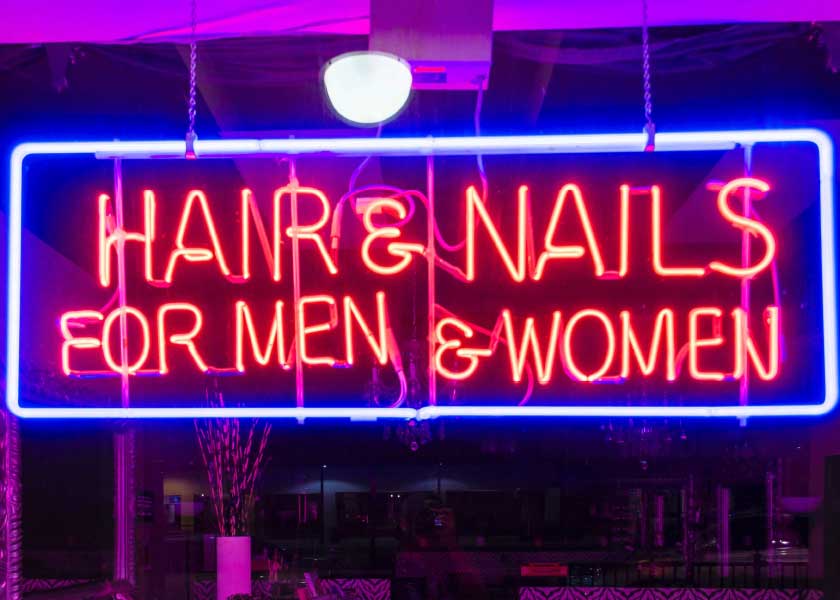
Are you thinking about combing your salon service offering to cater to both barbering and hairdressing clientele? In this article, we’re examining the rise of the wholly inclusive gender-neutral salon. We’ve also sought the advice of 3 salon industry experts to share their opinion on creating a super salon that can attract a larger clientele pool all thanks to an extended service offering.
Exploring the rise of the gender-neutral salon with Klara Vanova of Barberette
“At Barberette we are gender neutral which means prices are dictated by the work we do, not the gender you are. It also makes sense for an inclusive approach to everyone, avoiding the old binary divisions of male and female.”
What are the benefits of this way of working in 2018?
“A fantastic benefit of this is the variety of clients and styles, and people generally mixing together who would never meet otherwise. It all helps break down barriers. It also ensures transparency with what people pay – A woman with the same length hair as a man won’t pay more just because she’s a woman, which is what currently happens in the existing division between barbers and hairdressers.”
How easy is it to create a unisex salon that suits both male and female customers?
“You have to think beyond the existing stereotypes. It makes more sense to be inclusive than exclusive. It’s easy to have male and female prices, but making it equal and fair is initially more work. This approach does, however, pay off incredibly, I’ve run my gender neutral pricing since 2011 and because its clear, it’s understandable and more people are taking this on.”
Is hairdressing still a heavily “genderised” profession?
“Yes, sadly. Every new client that walks in the shop in either London or Prague, says how unfair it is to pay a different price for the same haircut, or how they have to ask for ‘a man’s haircut’, if they want a short hair style.”
“Would a guy with long hair ask for a woman’s cut? Even in the cooler London salons they still make this division. If a woman comes to a barbershop and asks for a skin fade, she is in mercy of the barber to decide if he is willing to take her, and often they won’t. I wanted to change that.”
How easy is it to a create a salon that is inclusive of everyone?
Stylist Matt Tharp of The Lounge Soho shares his thoughts…
“You can certainly create a more balanced environment and atmosphere from the clients’ perspective, society is way more aware of gender equality and diversity than even a couple of years ago. Secondly, you are able to attract a set of staff that are way more skilled and capable within their hairdressing.”
And from a business perspective…
“It’s another huge revenue of income for the salon. I generally see no downsides to offering unisex services whatsoever, it should be the standard as far as I’m concerned in any modern salon nowadays.”
“Think about how you can make the overall experience appealing to all. The men and women of Peckham or Soho, for instance, will always be different from the men and women of Canary Wharf and Chelsea. It’s about knowing your clients and catering your services to and around them. Also, be willing to spend much more time on recruitment. Good all-rounders are hard to find, and when they come, then go, you’ll be investing way more time in finding the right replacement!”
And finally, Kaye Sotomi, of Chop Chop London shares her thoughts on the social impact of creating a gender-neutral salon.
“Socially, it makes even more sense because we don’t see a lot of other service industries only catering to a single gender. The hair industry is one that services all people – so it makes sense to do just that.”
“My Advice? Go for it and own it. But get the balance right and keep your environment gender neutral.”
Shop hairdressing supplies and barbering supplies from Salons Direct now!
Time for more? Should you be entering salon industry awards and competitions? | The Best Professional Perming Products For 2018


